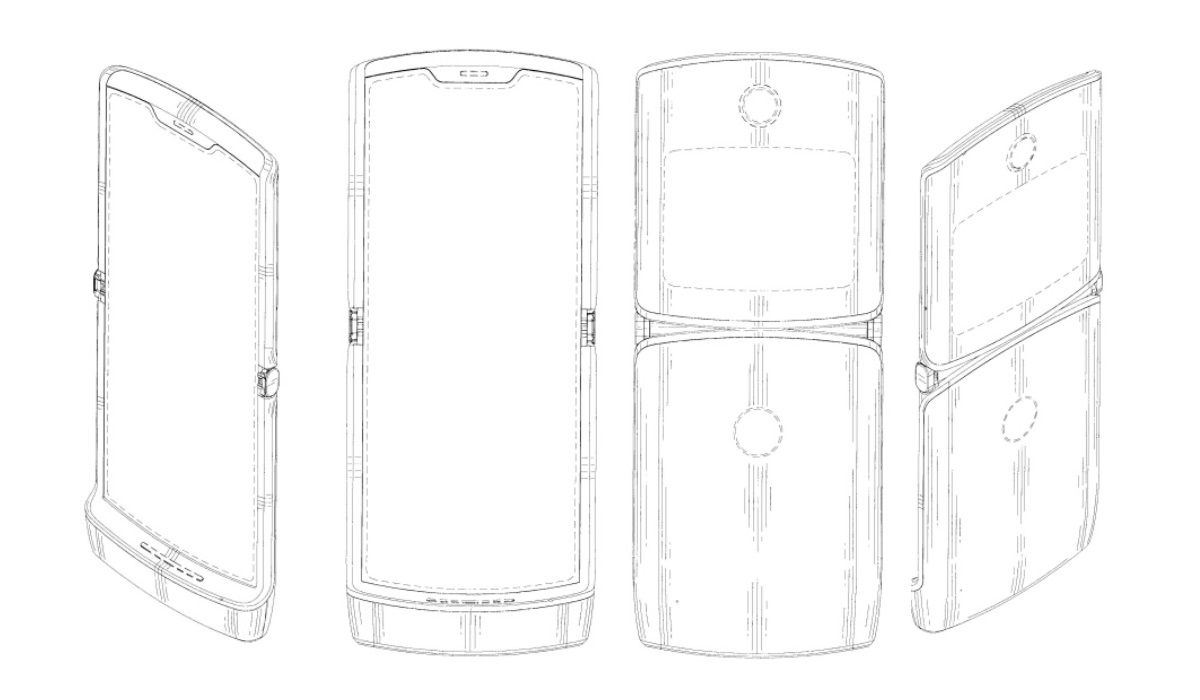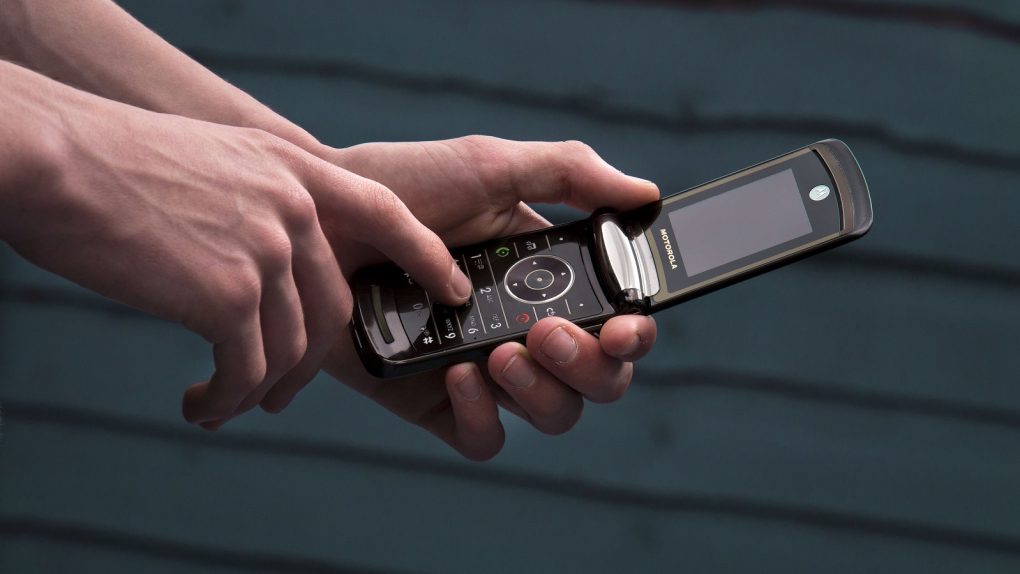There’s been a lot of talk about foldable devices at MWC, especially following Huawei’s Mate X launch. The foldable handset stole the show when it comes to foldable devices, a surprising feat considering that all eyes of the world were on Samsung’s Galaxy Fold ahead of MWC. But we also saw a bunch of other smartphone makers showcase foldable phone concepts at the show, or tease them online, including Oppo and TCL, but also Energizer and Motorola. The latter actually confirmed in an interview that its first foldable handset would hit the market as soon as the first half of the year.
Motorola vice president of global product Dan Dery told Engadget in not so many words that a launch is planned for later this year. Motorola has “no intention of coming later than everybody else in the market,” the exec said, which implies that the first foldable Razr phone will launch soon.
The Galaxy Fold already has an April 26th release date, while the Mate X is expected to drop in certain markets by mid-2019. The only way of not coming later to the market for Motorola is to launch its own handset in the coming months.
We’re calling it Razr because Motorola has long been rumored to revive the iconic brand and use it for foldable handsets. We’ve even seen patents that show foldable phones that look a lot like an old school Razr phone.
Dery seemed to confirm that the foldable phone will look like what the patents suggested, by saying that screens on the outside of foldable phones aren’t practical for durability reasons, even though they’re “the nicest and the purest way to go.”
“We have been testing a plastic OLED device with plastic film on top,” he said. “The fact that you’re touching [that kind of display] with your nails is scratching it. It has a short life right away; it starts dying the day you unpack it. But it’s beautiful. That first day, it’s beautiful.”

This is a direct response to the Mate X, whose huge 8-inch screen wraps around a hinge on the outside of the phone. One of my concerns regarding the phone is about the screen’s fragility, something that Huawei needs to address very explicitly in the future.
Dery said that Motorola’s “intention would not be to put the display outside. When you know the scratching issues you would be facing, you will have something that is very rapidly not usable.”
He also hinted that a clamshell design isn’t the only way to go for Motorola foldables. The company is also considering a dual-folding concept, which seems to be the “holy grail” of foldable design. He said that a couple of Chinese vendors are already exploring the concept, including “two very famous” companies that “are not necessarily making a lot of noise at MWC.”

A dual-hinge screen could offer users even more screen real estate in tablet mode, while the phone size could be reduced even further.
Xiaomi did demo a device a dual-hinge foldable handsets weeks ahead of MWC, although that’s not quite the Z-hinge foldable Dery refers to. Xiaomi’s foldable screen’s sides wrap around the middle section, resting on the bottom of the device in phone mode.
The report doesn’t say anything about what Motorola might price the phone. But considering that both the Galaxy Fold and the Mate X will sell for well over $2,000, it’s likely a foldable Razr would be equally expensive.








